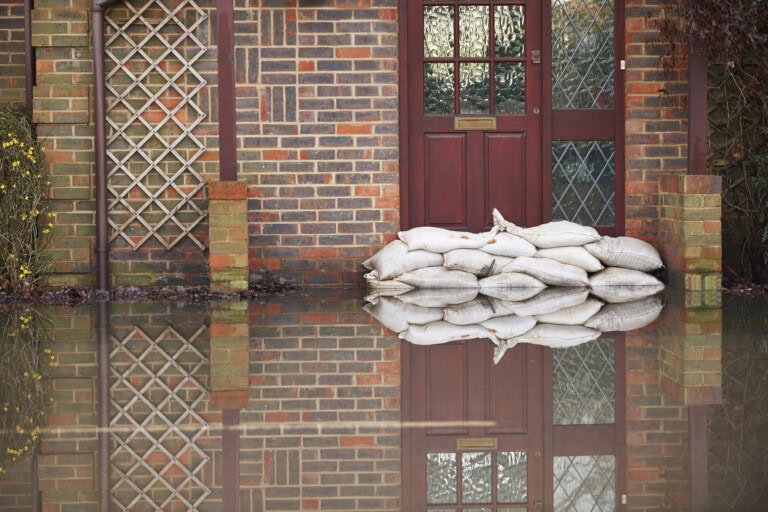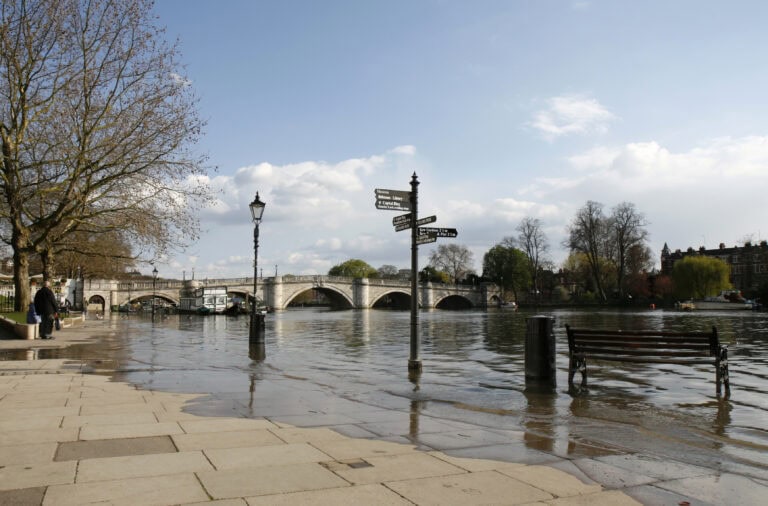Physical Climate Risk

Why is measuring climate-related physical risk important?

UKGBC’s Framework for Measuring & Reporting Climate-related Physical Risk
In early 2022, we published our Measuring and Reporting Climate-related Physical Risk report that provides industry with step-by-step guidance. It was published ahead of the Task Force on Climate-Related Financial Disclosure’s recommendations coming into law and lays out the method for reporting risk in line with them. Crucially it wanted to build consensus and fills the gap in a landscape of measurement tools that didn’t sufficiently consider all possible resilience measures or future climate scenarios.
Since its publication it has been used across the industry, most notably throughout UKGBC’s Physical Risk Labs that saw members using the framework for their own built assets. These labs helped us identify areas that need the most attention from the sector as we navigate measuring physical risk together. As an ongoing priority UKGBC will be continuing to collaborate with our members and wider industry to ensure the built environment has the skills we need to build climate resilience into our everyday practice.

Resources
A Framework for Measuring and Reporting of Climate-related Physical Risks to Built Assets


Climate resilience and embracing nature: An ambition for the built environment

Innovation Insights: Nature-Based Solutions & Climate Resilience

Events
Innovation Showcase – Overheating

Climate Resilience: Insights from the Collaboration Café series

Blogs
What is it like to measure the physical risk of built assets?

What is the difference between physical climate risk and transition climate risk?

Building Resilience: Climate Change Modelling and Risk Assessments


